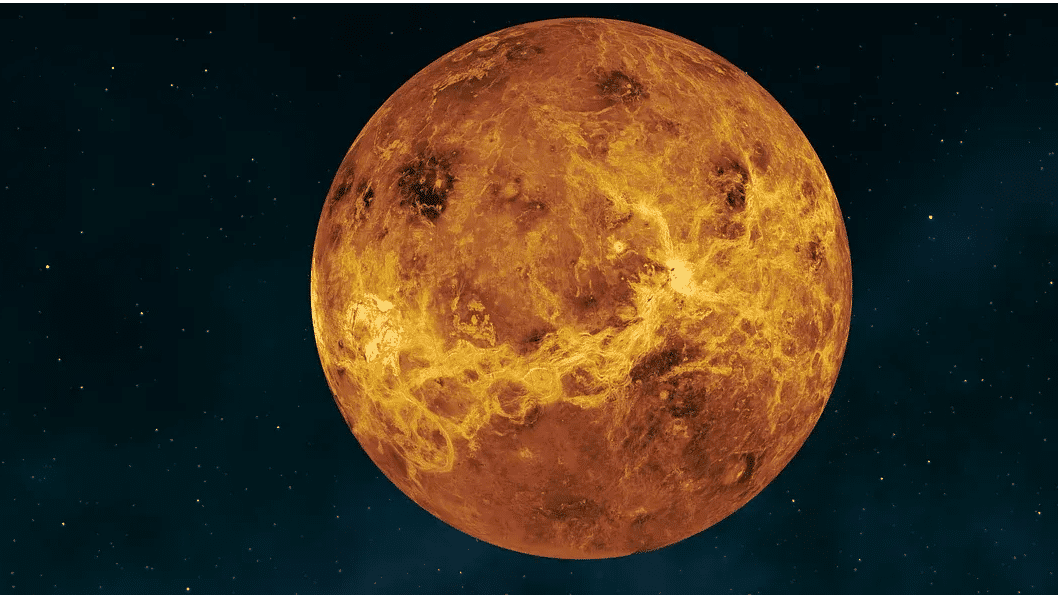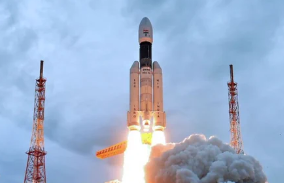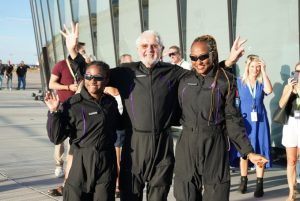The Indian Space Research Organisation (ISRO) has shortlisted 20 space-based experiment proposals for its proposed Venus orbiter mission — ‘Shukrayaan’ — to study the planet for over four years.
These include “collaborative contributions” from Russia, France, Sweden and Germany, PTI reported quoting sources in the Bengaluru-headquartered space agency.
ISRO was earlier eyeing June 2023 for the country’s first mission to Venus.
“But we are currently reviewing this mission timeline due to delays arising from the pandemic situation,” an ISRO official said.
“Future launch opportunity is either in 2024 or 2026”.
The optimal launch — when Venus is closest to the Earth — comes about every 19 months.
Of the Indian and international payload proposals it received in response to an announcement of opportunity for novel space-based experiments to study Venus, ISRO has shortlisted 20.
“These 20 payload (scientific instruments) proposals, including collaborative contributions from Russia, France, Sweden and Germany, are currently under review”, the ISRO official said.
However, the one that has already been selected, according to French space agency CNES, is France’s VIRAL instrument (Venus Infrared Atmospheric Gas Linker) co-developed with the Russian space agency Roscosmos, and the LATMOS atmospheres, environments and space observations laboratory attached to the French national scientific research centre CNRS.
“Swedish Institute of Space Physics is engaged with India’s mission to Venus”, sources said.
According to ISRO, scientific objectives of ISRO’s Venus mission are the investigation of the surface processes and shallow subsurface stratigraphy; and solar wind interaction with Venusian Ionosphere, and studying the structure, composition and dynamics of the atmosphere.
Owing to similarities in size, mass, density, bulk composition and gravity, Venus is often described as the “twin sister” of the Earth.
It is believed that both planets share a common origin, forming at the same time out of a condensing nebulosity around 4.5 billion years ago, ISRO had noted in its announcement of opportunity.
Venus is around 30% closer to the Sun as compared to Earth resulting in much higher solar flux.
Exploration of Venus began in the early 1960s. Venus has been explored by flyby, orbiter, a few lander missions and atmospheric probes.
“In spite of great progress made in exploring Venus, there still exist gaps in our basic understanding about surface/sub-surface features and processes, super-rotation of the Venusian atmosphere and its evolution and interaction with solar radiation/solar wind”, ISRO had said.
The payload capability of the proposed 2500-kg satellite, planned to be launched onboard GSLV Mk II rocket, is likely to be 175 kg with 500W of power.
The proposed orbit is expected to be around 500 x 60,000 km around Venus. This orbit is likely to be reduced gradually, over several months to a lower apoapsis (farthest point).







